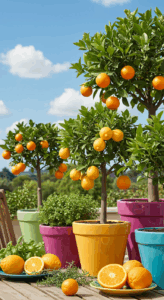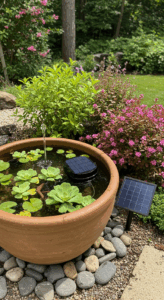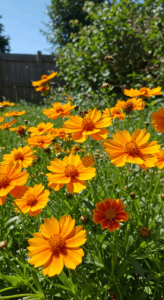1. Lettuce: The Leafy Legend of Longevity
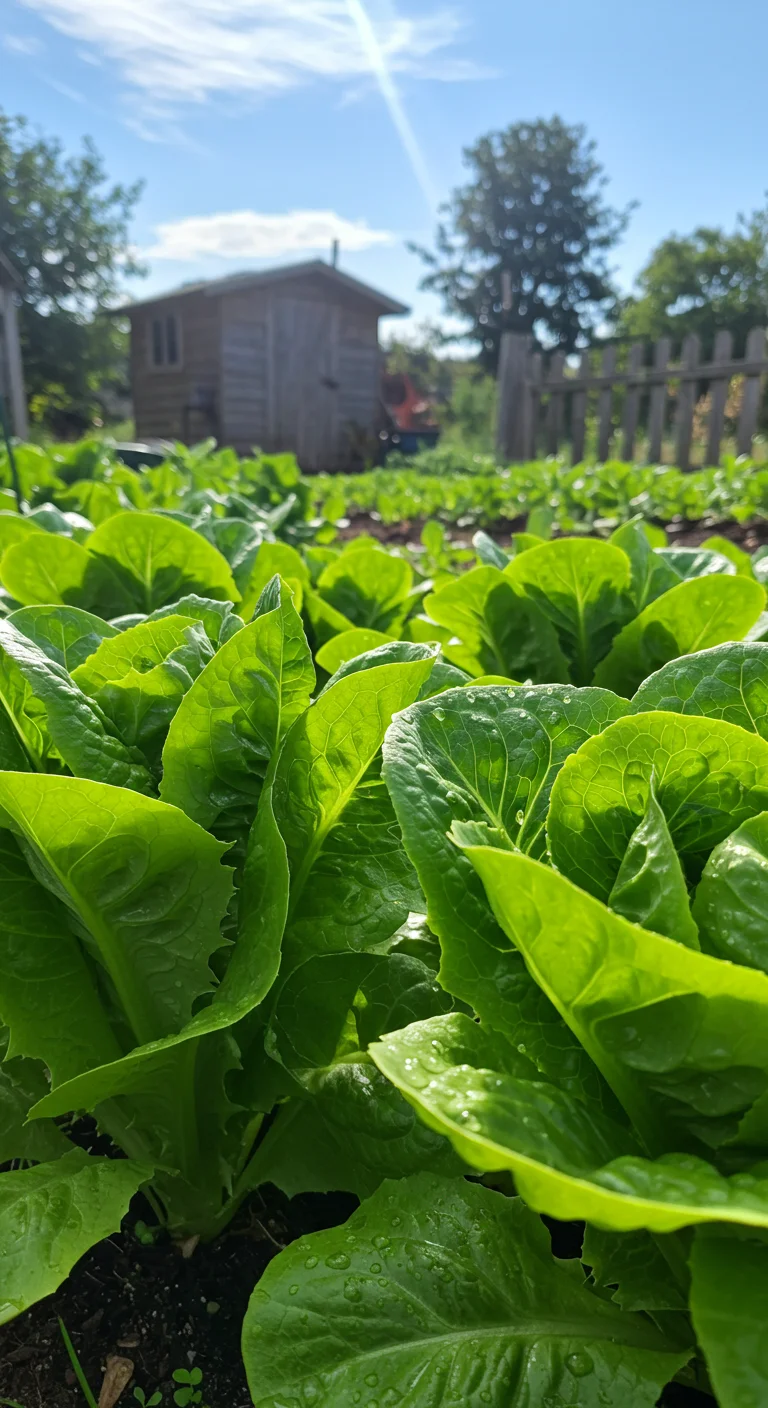
Lettuce, a staple in gardens and kitchens alike, is celebrated not only for its crisp texture but also for its remarkable ability to regenerate after harvesting. When you pick the outer leaves of the lettuce plant, it encourages new growth, allowing for an ongoing supply of fresh greens. To maximize your harvest, choose varieties like Butterhead or Romaine, which thrive in cooler weather and can produce multiple cuttings throughout their growing season. For optimal results, ensure your lettuce is planted in well-draining soil and receives consistent moisture. By practicing this ‘cut and come again’ technique, you can enjoy fresh salads and wraps without the need for constant reseeding, making lettuce a legendary choice for sustainable food production in any backyard garden.
2. Spinach: A Nutrient Powerhouse That Keeps on Giving
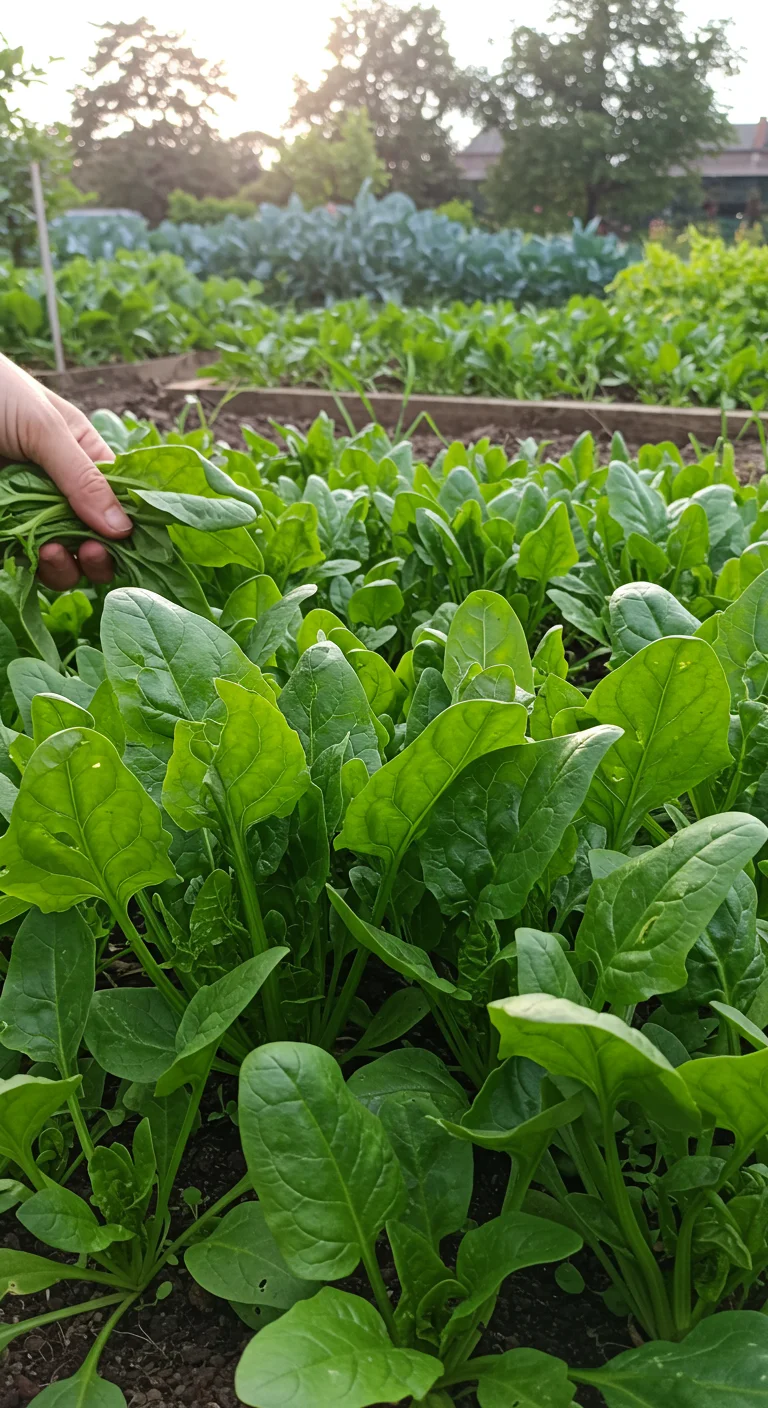
Spinach, known for its vibrant green leaves, is a nutrient powerhouse that offers a continuous supply of fresh greens when grown in your garden or container. This leafy vegetable is not only rich in vitamins A, C, and K, but it also provides essential minerals like iron and magnesium, making it an excellent choice for boosting overall health. By employing the cut-and-come-again technique, you can harvest the outer leaves while allowing the inner ones to continue growing, ensuring a steady supply throughout the growing season. Spinach thrives in cooler temperatures, so consider planting it in early spring or fall for optimal growth. With minimal effort, you can enjoy nutritious salads, smoothies, and cooked dishes, all while contributing to a sustainable food source right in your backyard.
3. Kale: The King of Cut-and-Come-Again Greens
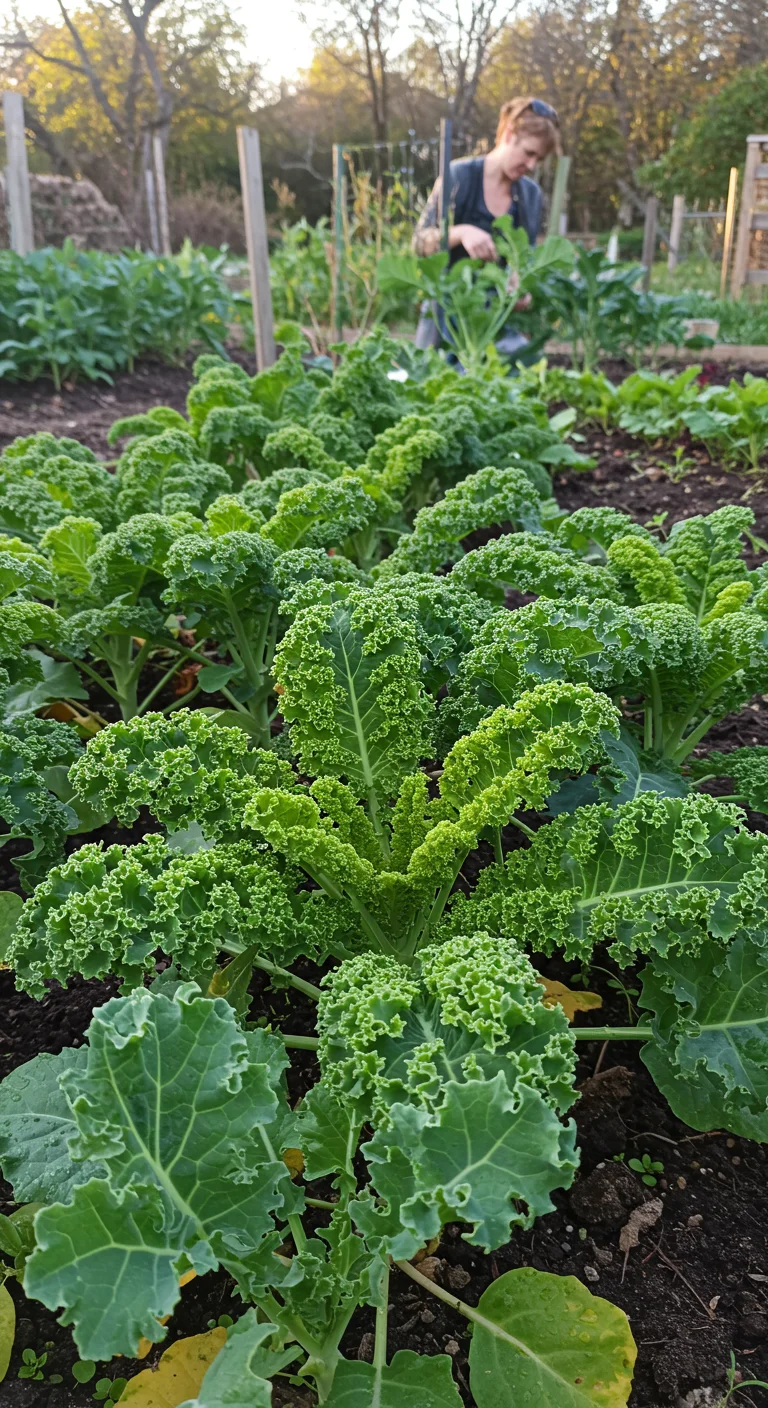
Kale is often hailed as the king of cut-and-come-again greens due to its remarkable ability to regrow after harvesting. This nutrient-dense leafy green can be harvested multiple times throughout the growing season, making it a sustainable choice for home gardeners. To reap the benefits, simply cut the outer leaves of the plant, allowing the inner leaves to continue growing. Kale thrives in cooler temperatures, which helps to enhance its flavor, and it can be grown in a variety of soil conditions, as long as it is well-drained. With minimal care, you can enjoy a continuous supply of fresh kale for salads, smoothies, and sautés, making it an essential addition to your vegetable garden.
4. Swiss Chard: A Colorful Choice for Continuous Harvest
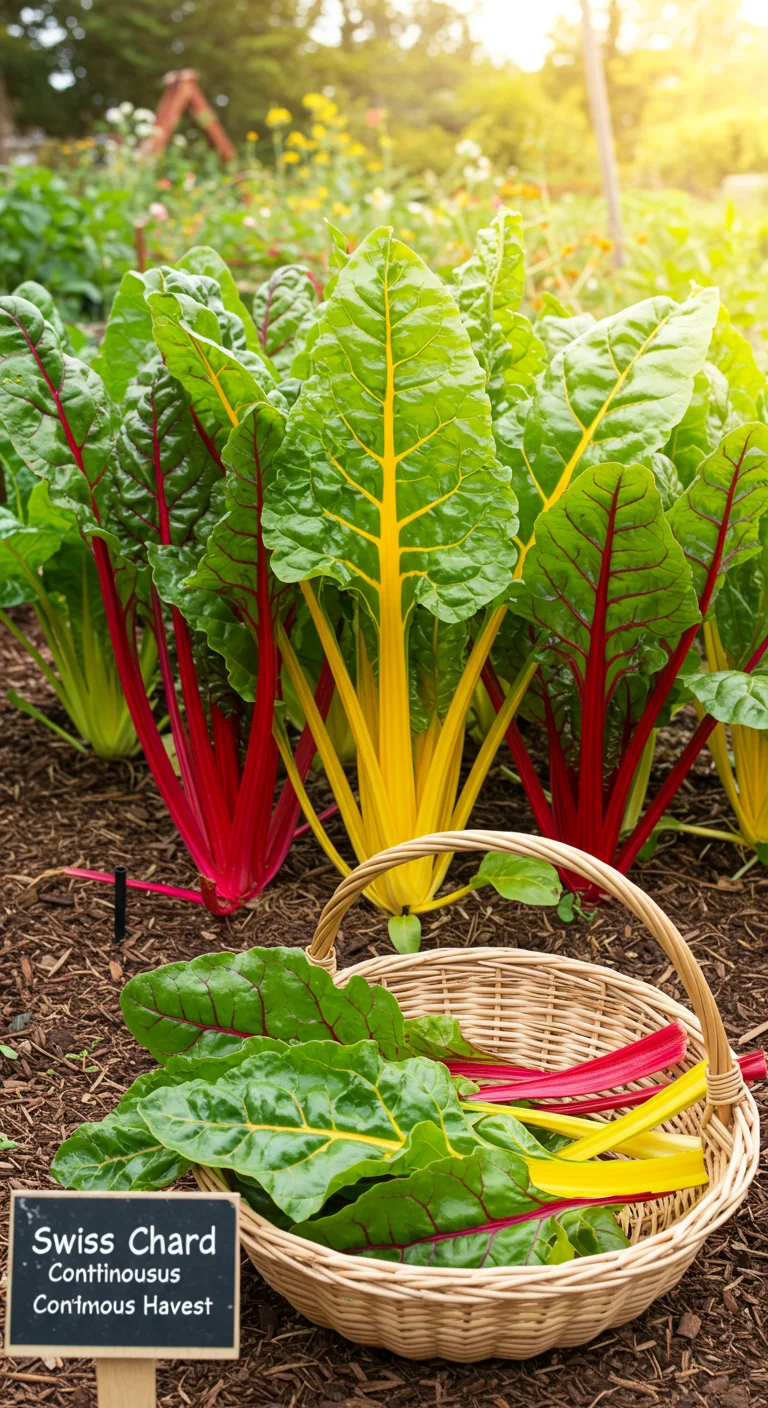
Swiss chard is an excellent choice for gardeners seeking a vibrant and continuous harvest. This leafy green vegetable boasts stunning, colorful stems that can range from bright red to deep yellow, adding visual appeal to your garden. Swiss chard is a fast-growing plant that thrives in both spring and fall, allowing for multiple harvests throughout the growing season. To maximize your yield, practice the cut-and-come-again technique by harvesting the outer leaves while allowing the inner leaves to continue growing. With the right care, you can enjoy tender, nutrient-rich Swiss chard for salads, sautés, and smoothies. Additionally, it’s resilient to pests and can withstand some frost, making it a hardy addition to your garden for fresh greens year-round.
5. Green Onions: Flavor Boosters That Just Won’t Quit
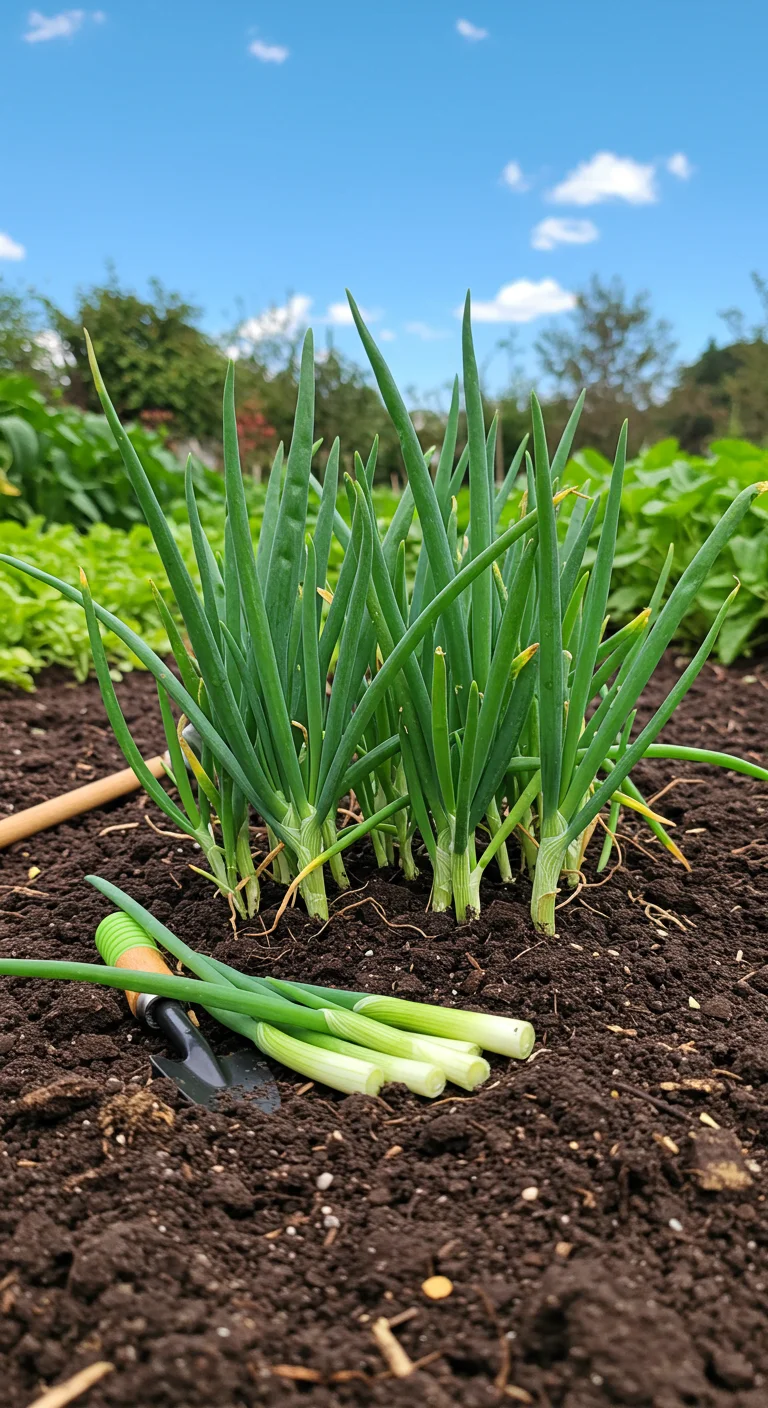
Green onions, also known as scallions or spring onions, are a fantastic addition to any garden due to their cut-and-come-again nature. When you harvest them, simply trim the green tops, leaving the white bulbs in the soil, and they will continue to regrow. These versatile vegetables add a mild onion flavor to dishes, enhancing everything from salads to stir-fries. They thrive in various soil types and can be grown in containers, making them ideal for small spaces. To maximize your yield, plant them in a sunny spot and keep the soil consistently moist. With regular harvesting, you can enjoy a continuous supply of fresh green onions, ensuring your meals are always flavorful and vibrant.
6. Basil: The Aromatic Herb That Keeps on Growing
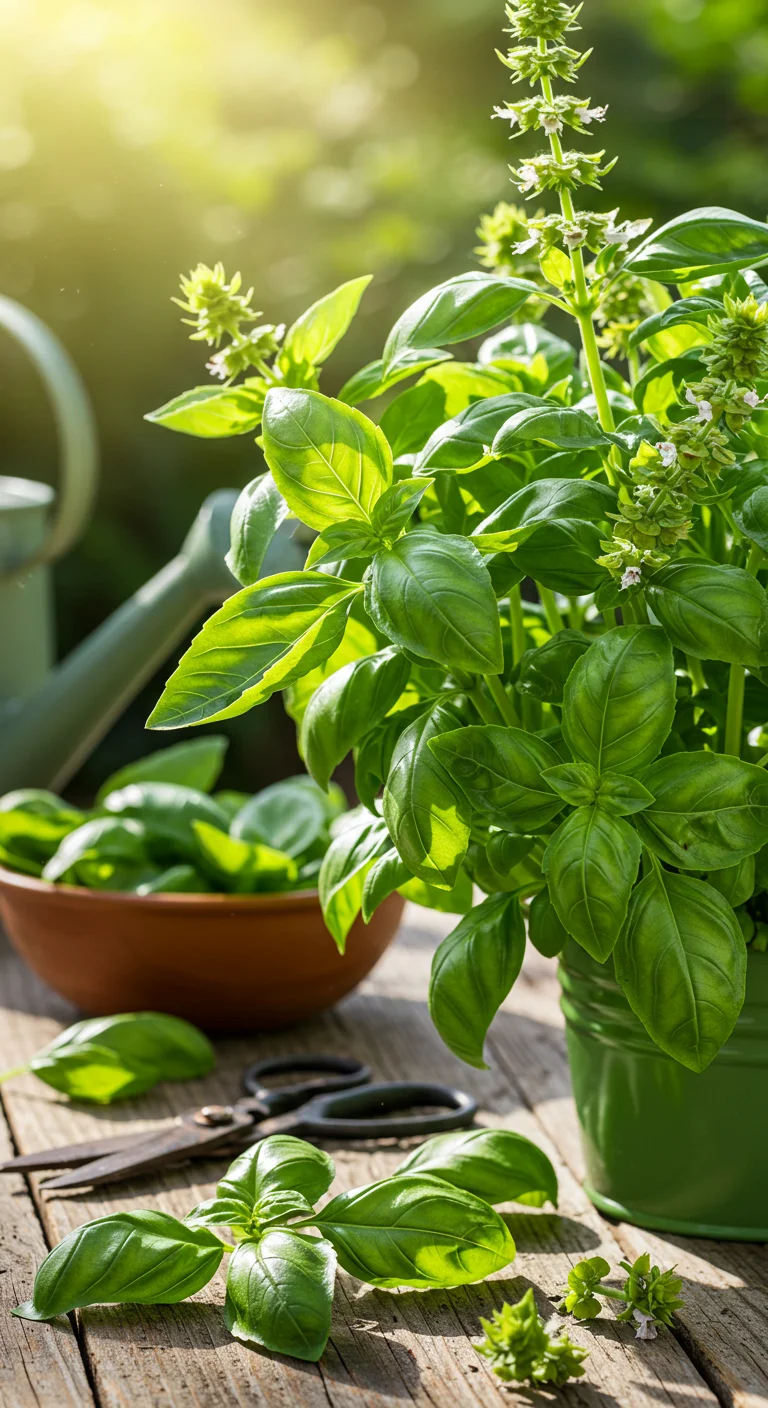
Basil is a versatile and aromatic herb that thrives with a simple cut-and-come-again approach, making it ideal for home gardeners. This vibrant herb can be harvested multiple times throughout the growing season, allowing you to enjoy fresh basil leaves for salads, pestos, and garnishes. To promote continuous growth, cut the leaves just above a pair of healthy, green leaves, which encourages the plant to branch out and produce more foliage. Basil prefers warm, sunny environments with well-draining soil, so consider growing it in pots or raised beds for optimal conditions. With regular watering and a bit of fertilizer every few weeks, basil can keep providing its fragrant leaves, ensuring a steady supply of fresh herbs right from your garden.
7. Cilantro: A Culinary Favorite for Repeated Harvests
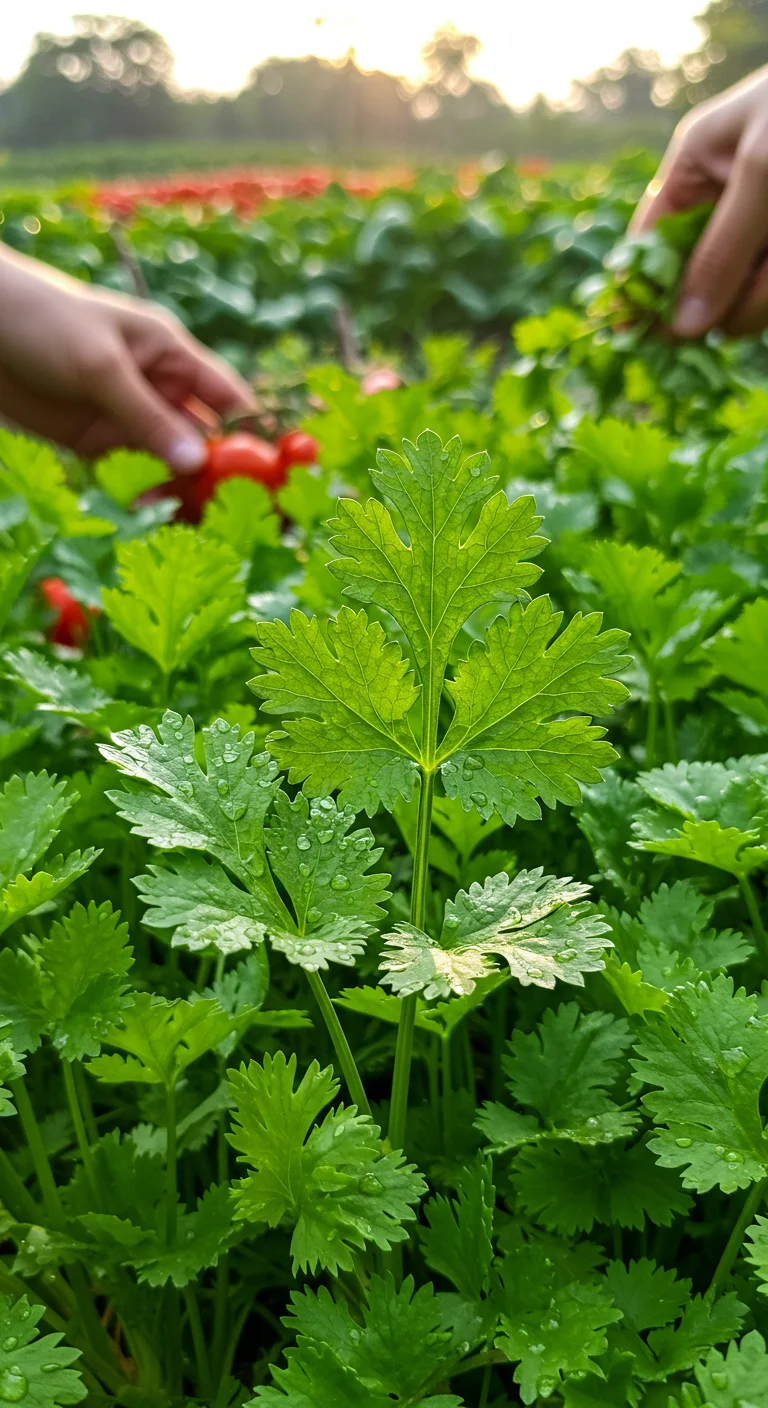
Cilantro, an aromatic herb beloved in cuisines worldwide, is a fantastic cut-and-come-again vegetable that can yield multiple harvests throughout the growing season. To successfully cultivate cilantro, sow seeds in well-drained, fertile soil under full sun, allowing for adequate spacing of 6 to 12 inches apart to promote airflow. The key to continuous harvests lies in regular trimming; cut the leaves, ideally when they are young and tender, to encourage new growth. Cilantro can be harvested every 2-3 weeks, providing a fresh supply for salads, salsas, and garnishes. Additionally, allowing some plants to bolt will produce coriander seeds, which can also be harvested and used in cooking, making cilantro an incredibly versatile addition to any garden.
8. Mint: The Perennial Herb That Spreads Joy
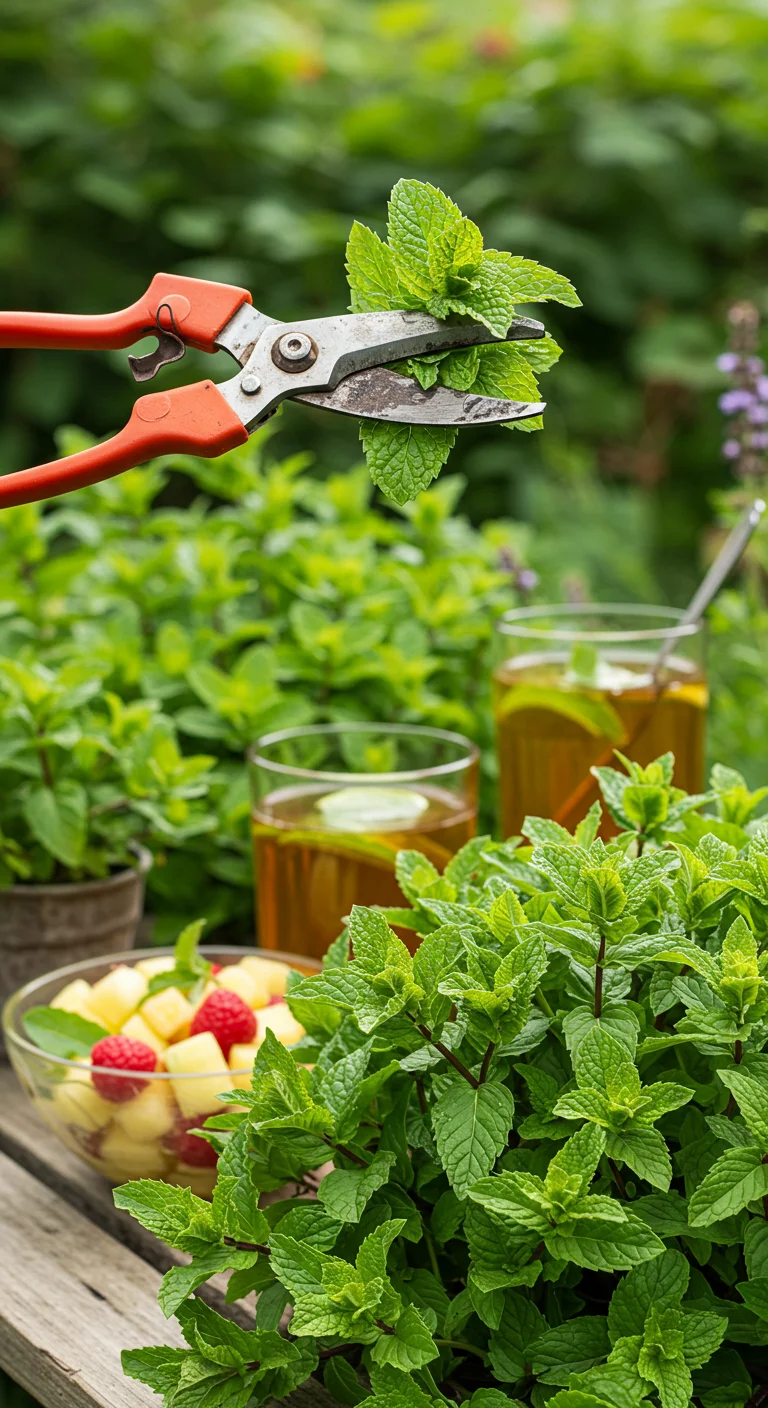
Mint is a delightful perennial herb that not only enhances culinary dishes with its refreshing flavor but also thrives with minimal care, making it an ideal choice for cut-and-come-again gardening. This aromatic plant can be harvested repeatedly throughout the growing season; simply snip off the leaves as needed, and it will regenerate quickly. Mint prefers partial shade and moist, well-drained soil, so ensure it receives adequate water without becoming waterlogged. Additionally, planting mint in a container can help control its invasive nature, as it tends to spread rapidly. Incorporate fresh mint into teas, salads, and desserts, or use it to create homemade mint-infused oils for a culinary twist. With its invigorating aroma and versatility, mint is sure to spread joy in your garden and kitchen.
9. Arugula: The Spicy Green That Regrows with Ease
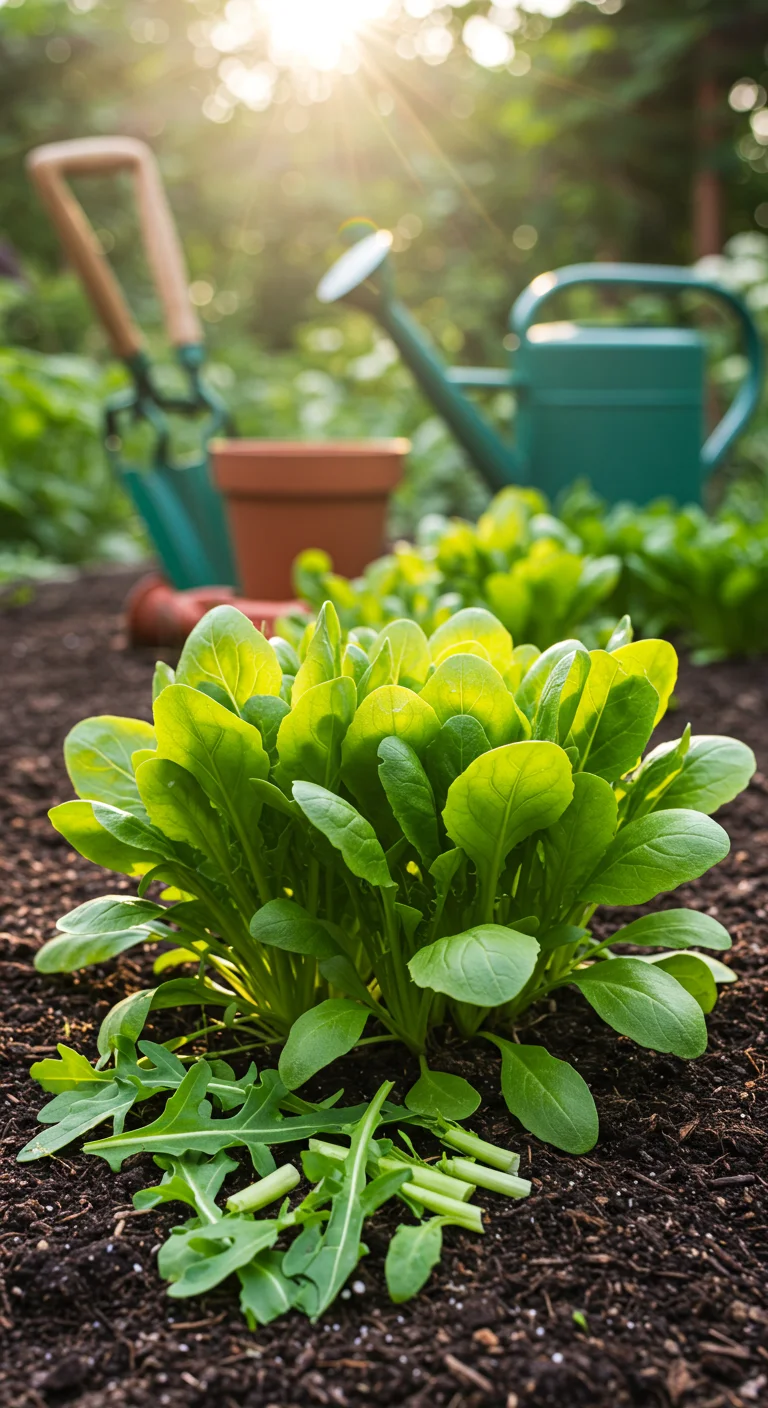
Arugula, known for its peppery flavor and tender leaves, is an incredibly versatile leafy green that thrives in various climates and can be harvested multiple times. After cutting the leaves, arugula tends to regrow quickly, making it an ideal candidate for cut-and-come-again gardening. To successfully grow arugula, plant seeds in well-draining soil, ensuring they receive partial to full sunlight. Regular watering is essential, but be careful not to overwater, as this can lead to root rot. Harvest the outer leaves when they are around 3-4 inches long, allowing the inner leaves to continue growing for future harvests. With a short growth cycle of just 30-40 days from planting to harvest, arugula provides a continuous supply of fresh greens for salads, sandwiches, and garnishes throughout the growing season.
10. Radishes: Quick-Growing Crunchy Delights
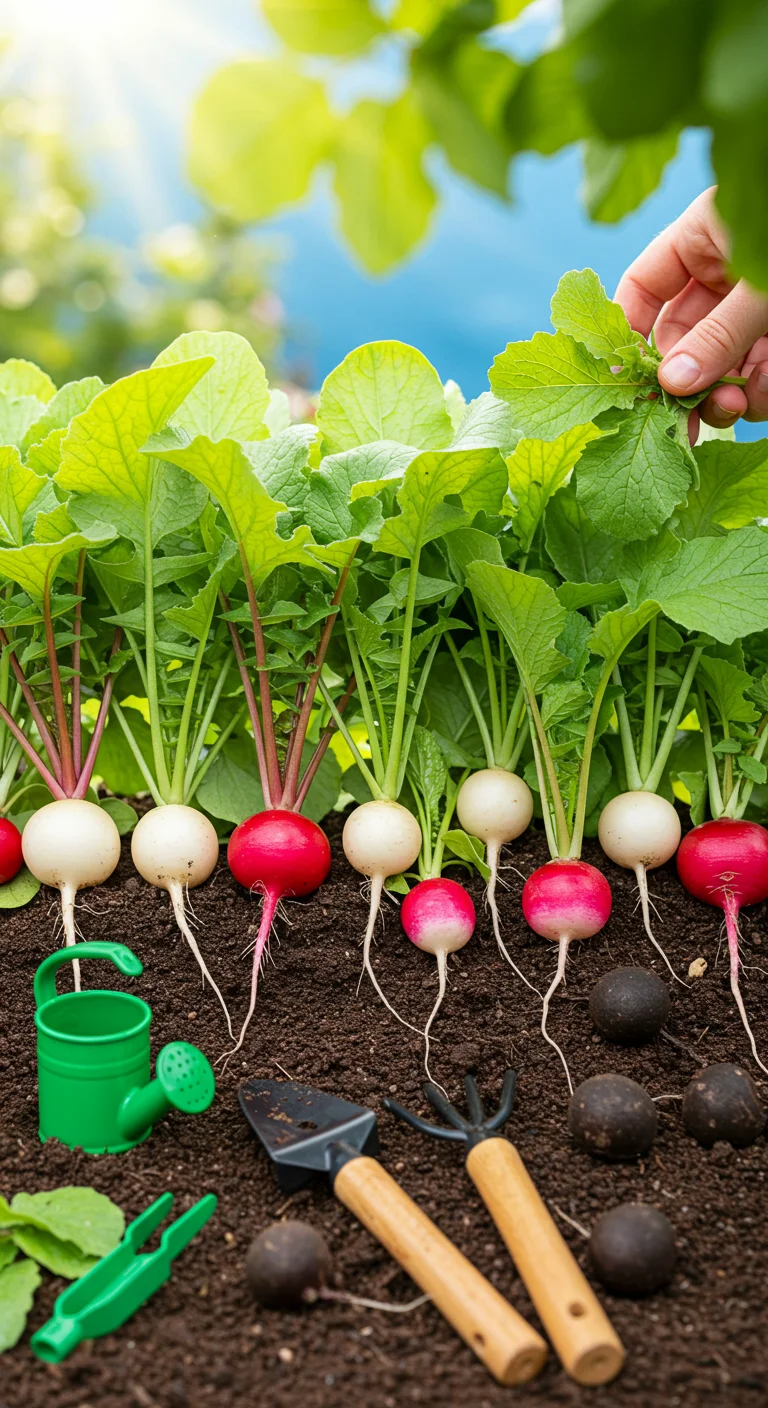
Radishes are a fantastic addition to your garden, offering a quick-growing, crunchy delight that can be harvested in as little as three to four weeks. These vibrant root vegetables come in various colors, including red, white, and black, making them visually appealing and a great source of vitamins and minerals. Radishes thrive in cooler temperatures, making them perfect for spring and fall planting. For a continuous harvest, practice cut-and-come-again techniques by snipping off the outer leaves; the plant will continue to produce new foliage and roots. Additionally, radishes can be interplanted with slower-growing crops, maximizing garden space and yield. Enjoy them raw in salads or as a zesty addition to many dishes, and savor the satisfaction of homegrown produce that keeps on giving.
11. Beet Greens: The Forgotten Harvest from Root Veggies
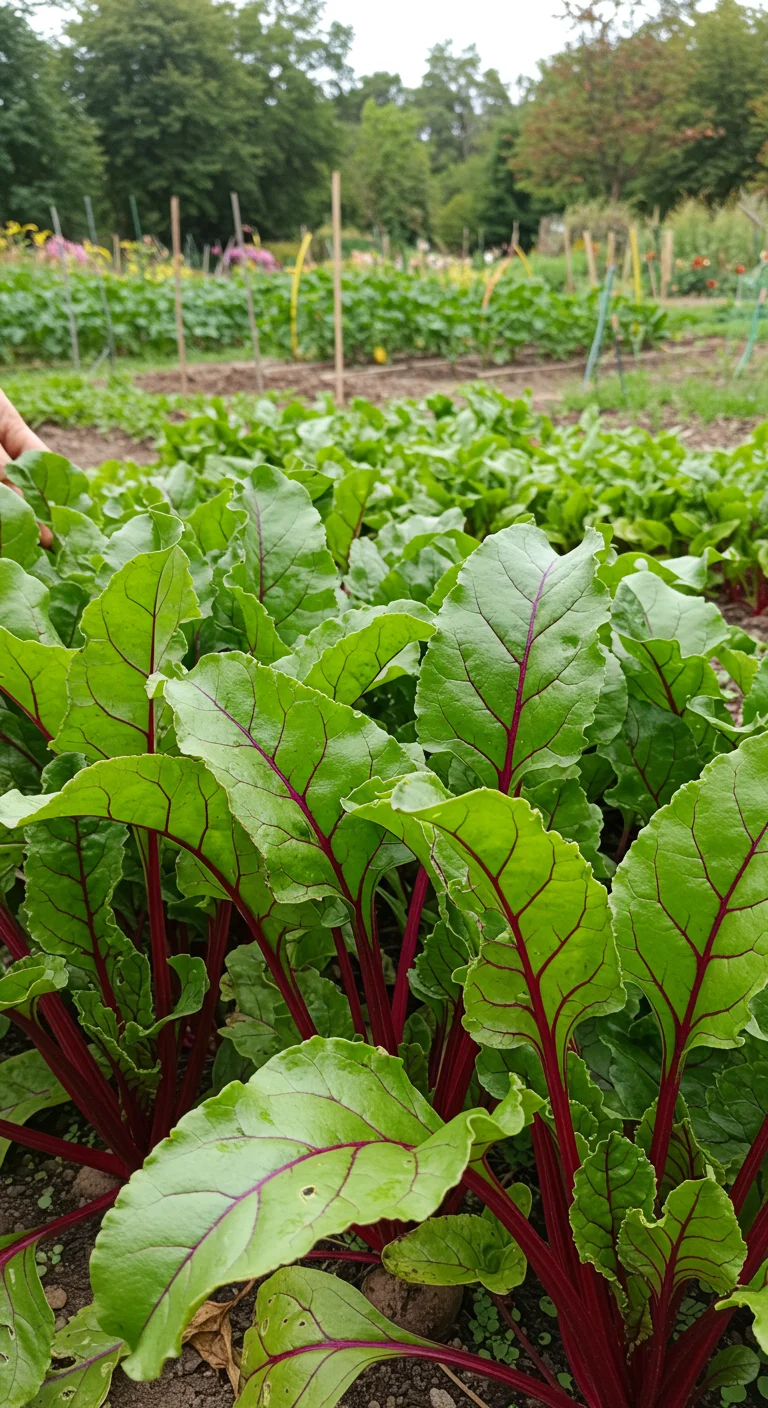
Beet greens are an often-overlooked companion to their vibrant roots, yet they provide a wealth of nutritional benefits and culinary versatility. Rich in vitamins A, C, and K, as well as minerals like calcium and iron, beet greens can be harvested continuously throughout the growing season. Simply snip the outer leaves, allowing the inner ones to flourish, and enjoy them fresh in salads, sautéed, or blended into smoothies. Their slightly earthy flavor complements a range of dishes, and incorporating them into your meals reduces waste while maximizing your vegetable yield. With a little care, beet greens can offer an endless supply of nutritious greens right from your garden.
12. Thyme: A Timeless Herb for Endless Flavor
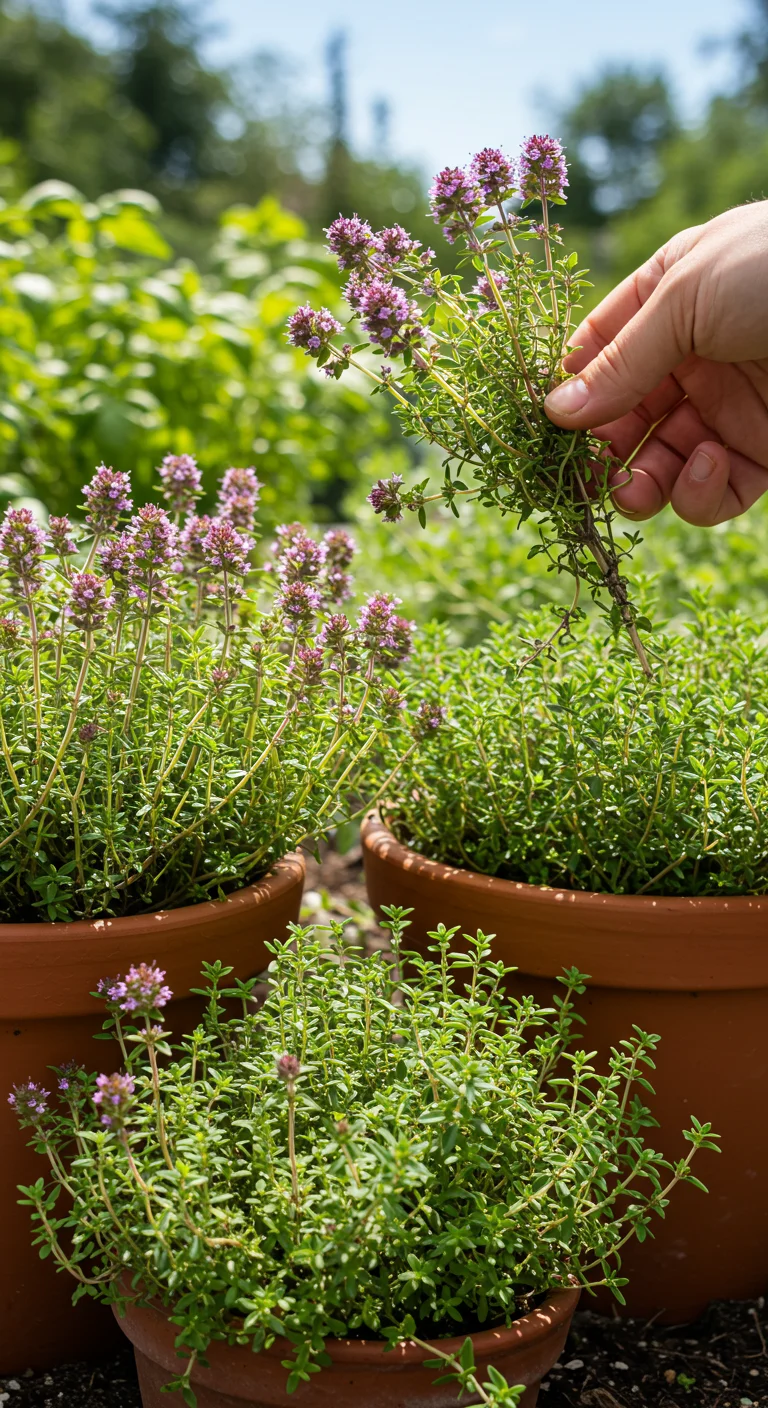
Thyme is a perennial herb that offers an endless supply of fresh flavor with minimal effort. This versatile herb thrives in well-drained soil and requires full sun to flourish, making it perfect for both garden beds and containers. Once established, thyme can be harvested continuously by snipping off the tender stems, allowing the plant to regenerate quickly. Its aromatic leaves enhance a variety of dishes, from roasted vegetables to savory meats, making it a staple in many cuisines. For those looking to maximize their harvest, consider planting multiple varieties such as English thyme, lemon thyme, and creeping thyme, which not only provide different flavors but also add visual interest to your garden. With proper care, thyme can be a reliable source of culinary delight for years to come.
13. Oregano: The Resilient Herb for Your Kitchen Garden
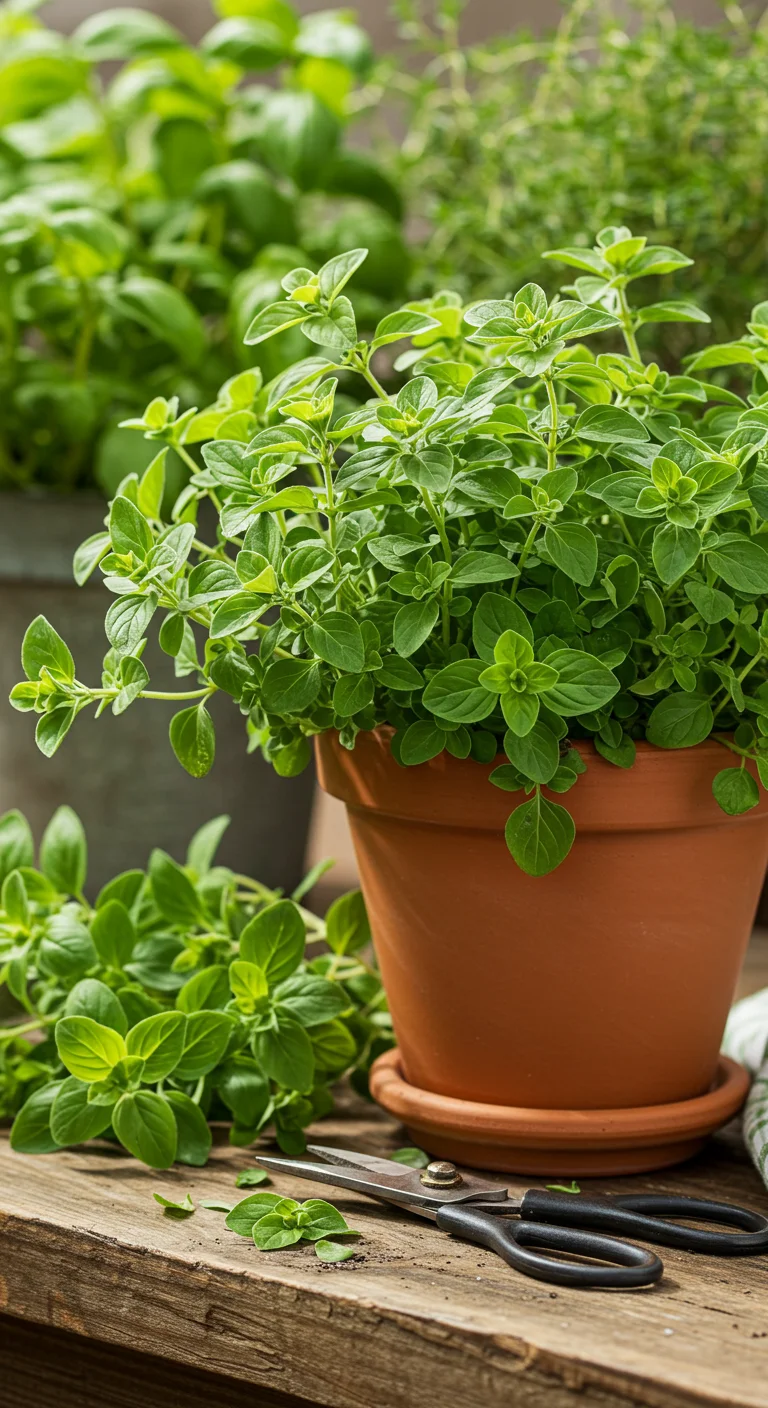
Oregano is a robust and aromatic herb that thrives in various garden conditions, making it an ideal choice for your kitchen garden. This perennial plant can withstand drought and poor soil, allowing you to grow it with minimal effort. To harvest, simply snip off the leaves as needed, and it will continue to produce more, encouraging a fresh supply throughout the growing season. Oregano not only enhances the flavor of dishes like pasta and pizza, but it also boasts numerous health benefits, including anti-inflammatory properties. For optimal growth, plant oregano in a sunny spot with well-draining soil, and consider pinching back the stems to promote bushier growth and a higher yield of flavorful leaves.
14. Peas: Sweet Treats That Keep on Producing
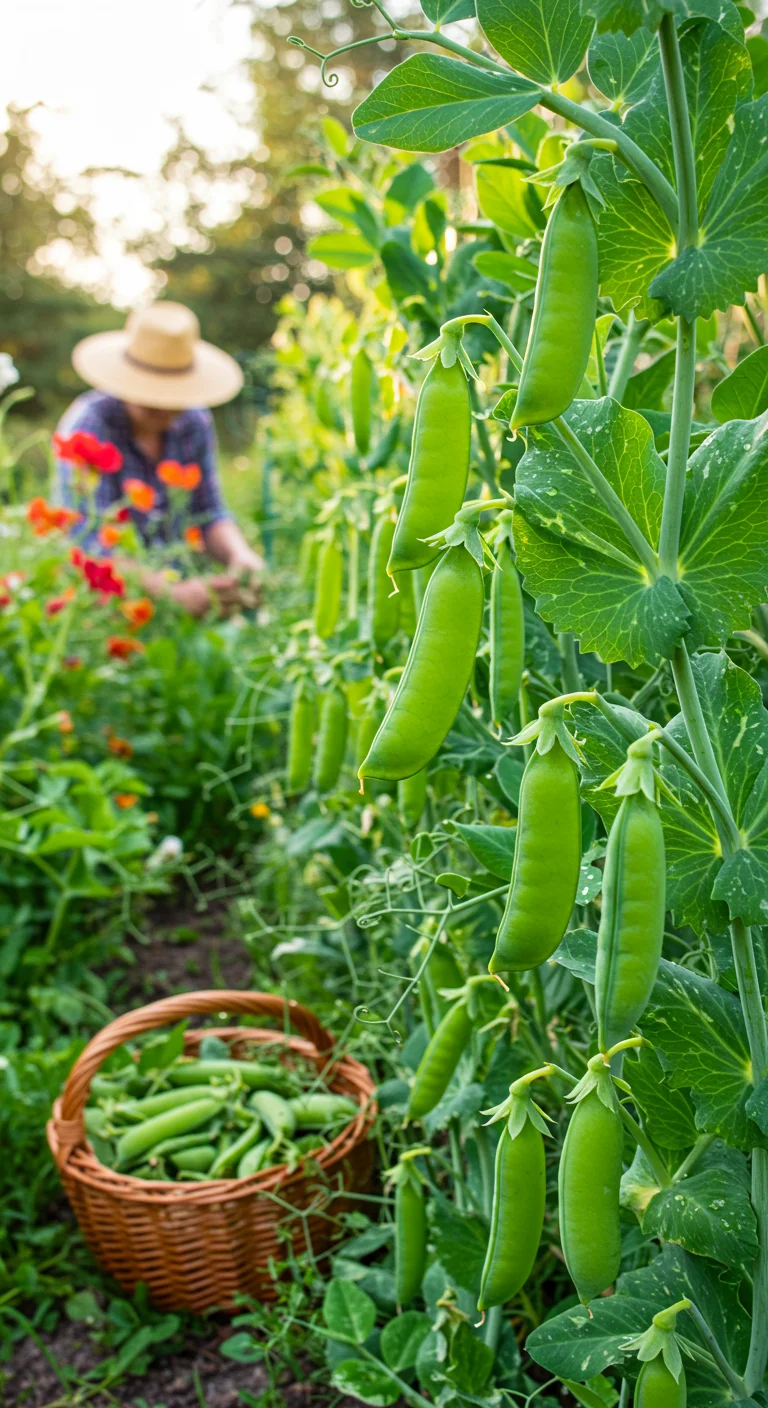
Peas are a delightful addition to any garden, known for their sweet, tender pods and the ability to provide multiple harvests throughout the growing season. By choosing varieties like snap peas or snow peas, gardeners can enjoy fresh, crunchy pods that can be snipped off repeatedly as they grow. Planting these legumes in cooler weather encourages continual production; they thrive in spring and fall, allowing for staggered sowing every couple of weeks for an endless supply. Regular harvesting not only enhances the yield but also promotes further pod formation, creating a cycle of growth that keeps your kitchen stocked with nutritious, homegrown sweetness. Pairing them with trellises can maximize space and support these climbing plants, making peas a smart choice for both novice and seasoned gardeners alike.
15. Broccoli: The Veggie That Gives You More Than Just Florets
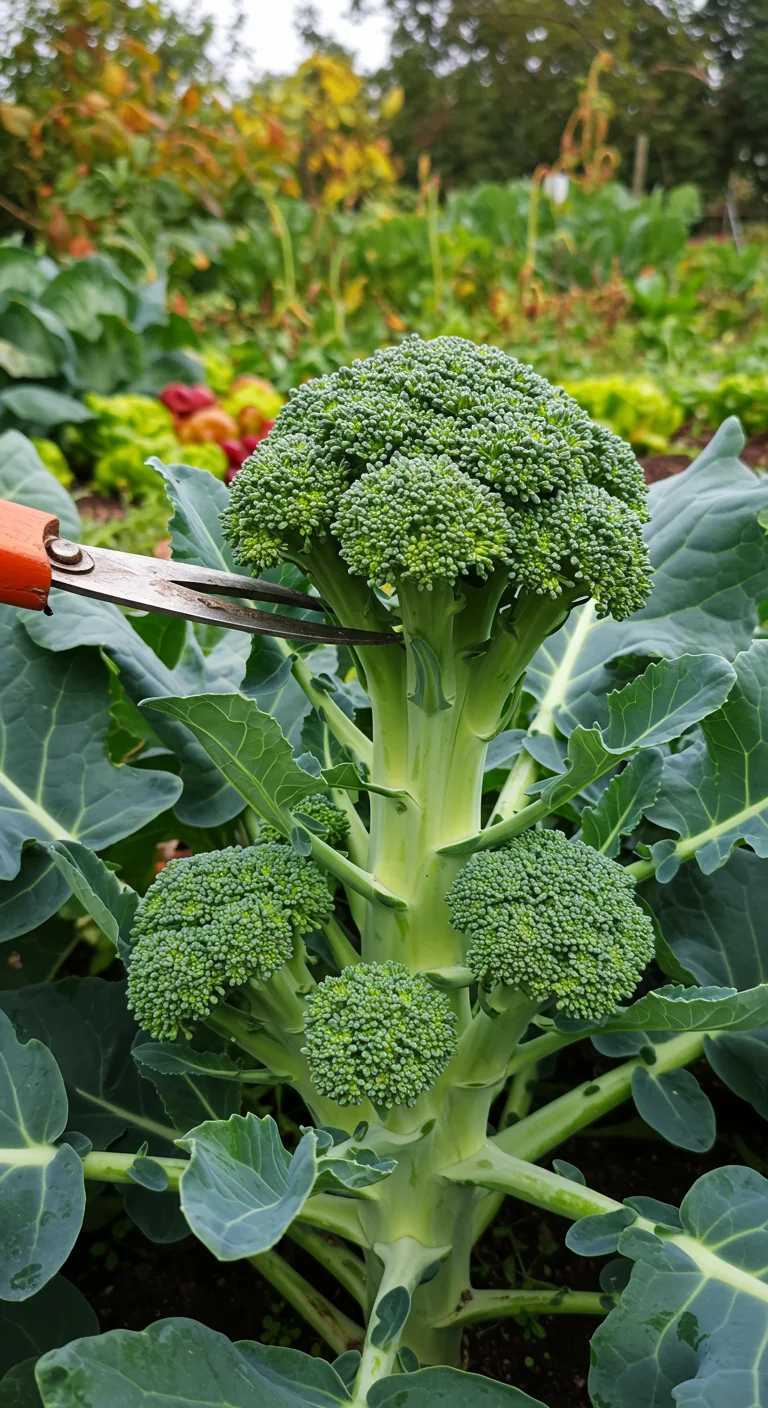
Broccoli, often hailed as a superfood, is not just a one-time harvest vegetable; it also offers a remarkable ‘cut and come again’ benefit. When you harvest the central head of broccoli, the plant continues to produce smaller side shoots that can be harvested multiple times throughout the growing season. To optimize your yield, cut the main head when it’s firm and tight, leaving at least 6 inches of stem and the surrounding leaves intact. This encourages the plant to send up new shoots, providing you with a continuous supply of fresh greens for salads, stir-fries, and steaming. Additionally, broccoli is rich in vitamins C and K, fiber, and antioxidants, making it not only a sustainable choice but a nutritious one as well.
16. Chives: The Green Toppers for Every Dish
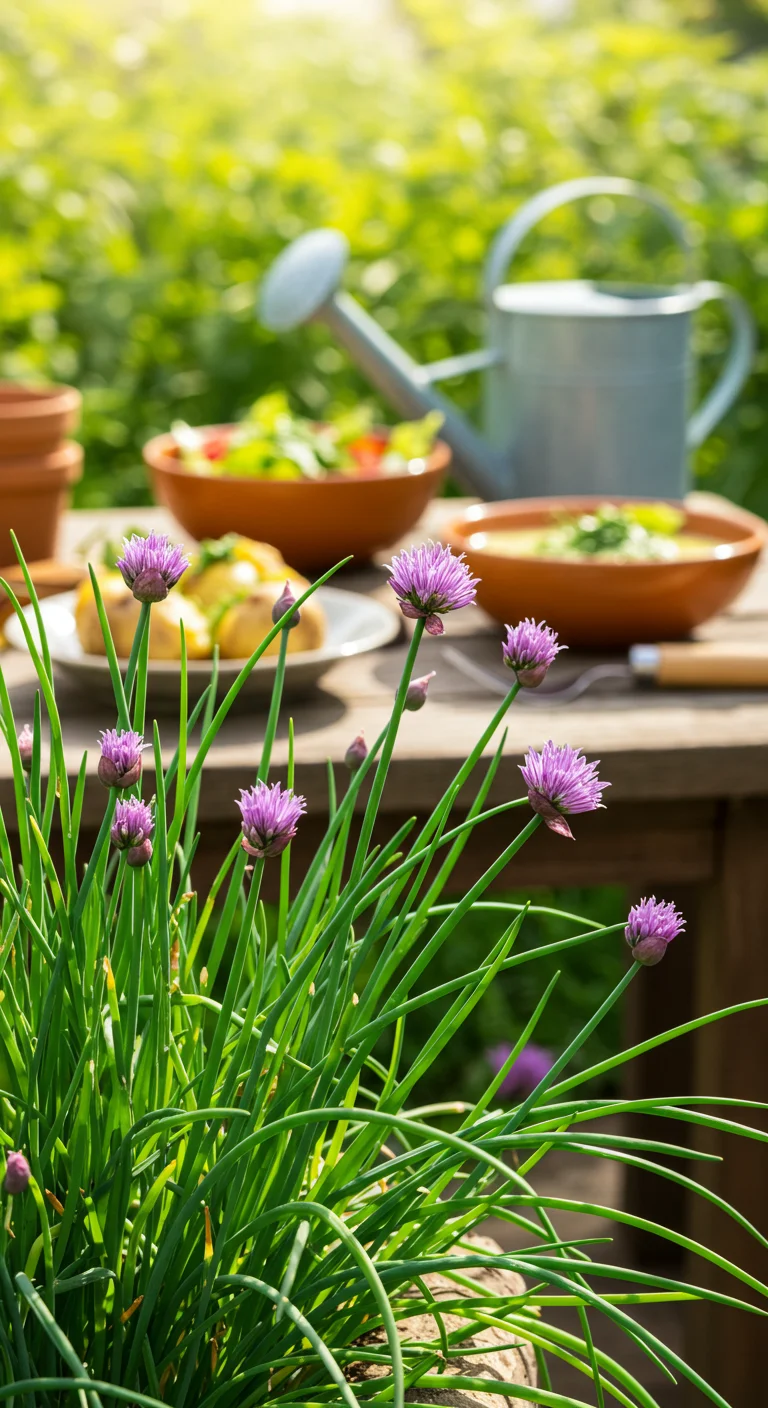
Chives are a versatile and flavorful herb that can elevate a wide range of dishes, making them a must-have in your kitchen garden. These perennials are characterized by their slender, green stalks and mild onion-like flavor, which pairs beautifully with salads, soups, and even baked potatoes. One of the best features of chives is their ability to regrow after harvesting; simply snip off a few inches from the top, and they will quickly replenish themselves. They thrive in well-drained soil and require minimal care, making them ideal for beginners. For a continual supply, plant them in a sunny location and water them regularly, ensuring you enjoy fresh chives throughout the growing season and beyond.
17. Sorrel: The Tart Green That Regrows with Every Snip
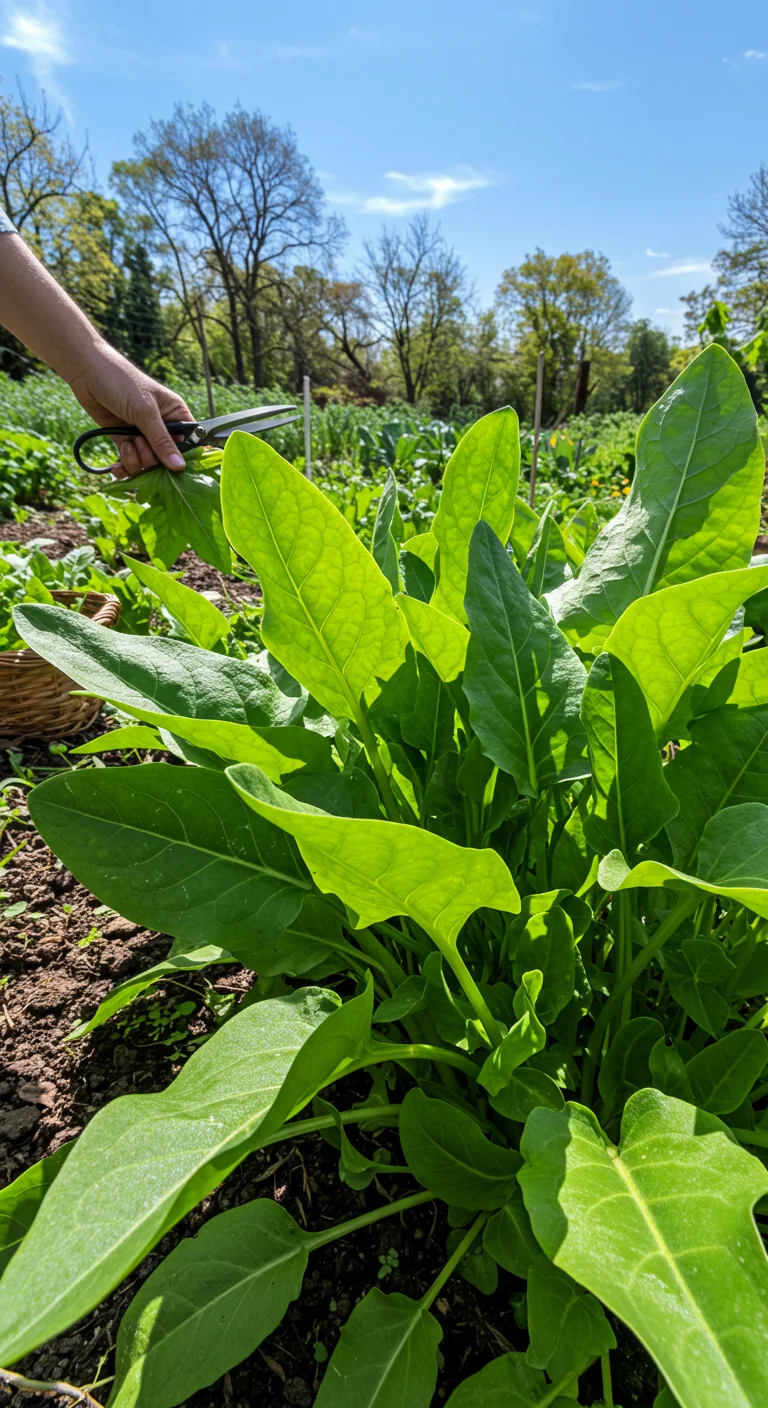
Sorrel is an exceptional perennial green that thrives in various climates, making it a fantastic addition to any garden. Known for its distinct tart flavor, sorrel can be harvested continuously throughout the growing season; simply snip off the outer leaves, and it will quickly regrow. This leafy plant prefers well-drained soil and a sunny location, though it can also tolerate partial shade. To maximize your harvest, regularly remove older leaves to encourage fresh growth. Sorrel is not only a culinary delight, often used in salads, soups, and sauces, but it’s also packed with vitamins A and C, making it a nutritious choice for your meals. With minimal maintenance, sorrel provides an endless supply of vibrant greens for your kitchen.
18. Fennel: The Bulb and Fronds for Continuous Flavor
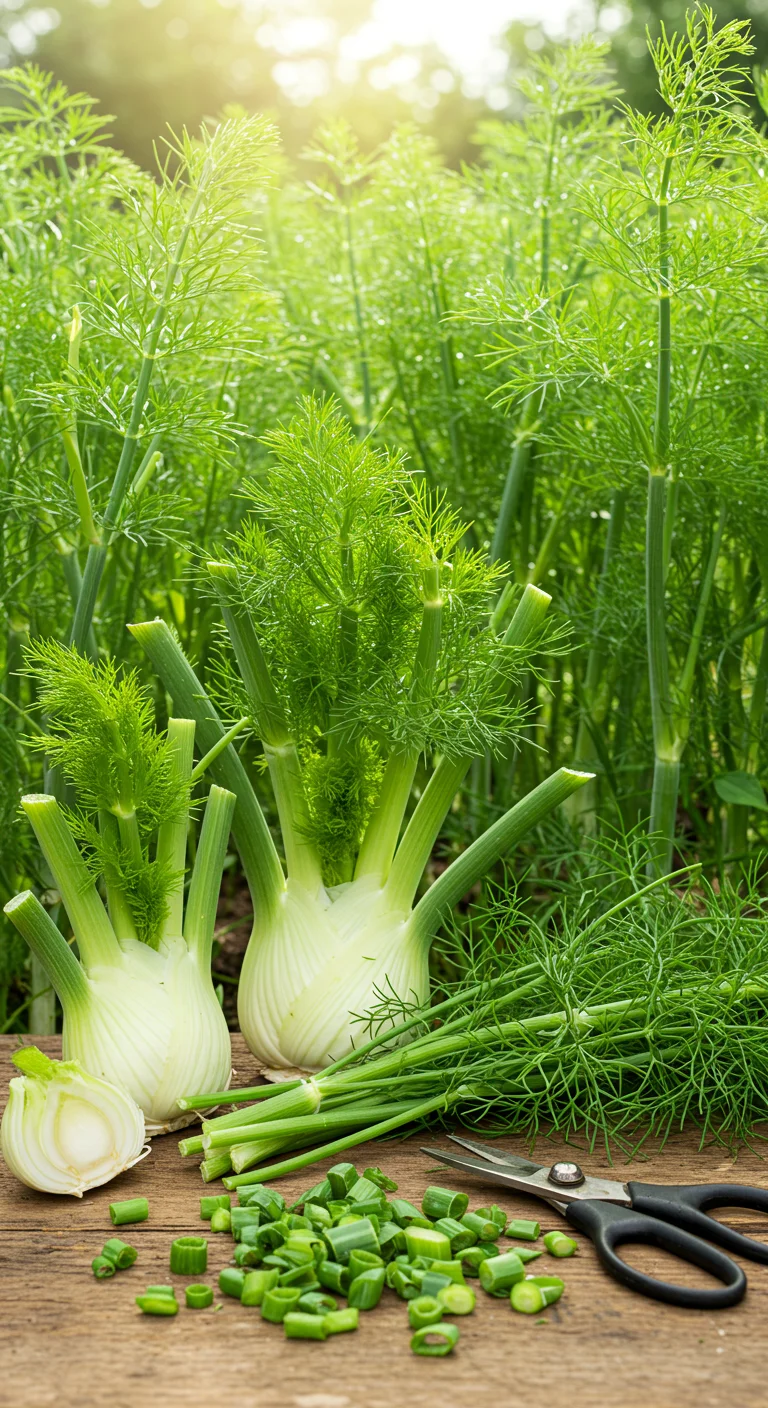
Fennel is a versatile vegetable that can provide a continuous supply of flavor in your kitchen. Both the bulb and the fronds are edible and can be harvested repeatedly. When planting fennel, opt for the Florence variety, known for its plump bulbs. Start by sowing seeds directly in well-drained soil with plenty of sunlight. You can begin harvesting the bulb when it reaches about 3 inches in diameter, and the fronds can be snipped off as needed for garnishes or flavoring dishes. The fronds have a delicate, anise-like taste that enhances salads, soups, and seafood. Regularly trimming the fronds encourages further growth, making fennel not just a delicious addition to your meals but also a sustainable option for an endless supply of fresh ingredients.
19. Squash: The Multiplying Marvel of the Garden
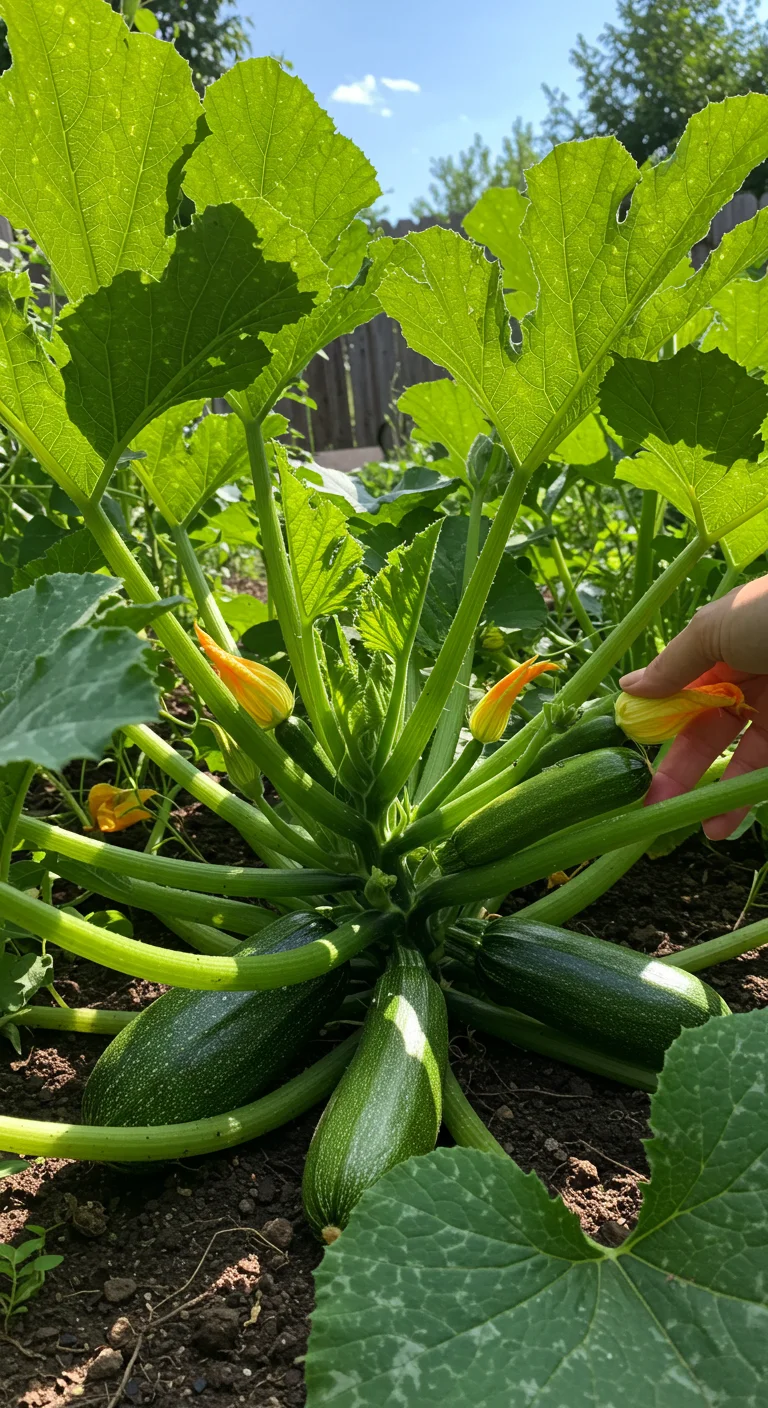
Squash is a versatile and prolific vegetable that can transform your garden into a bountiful source of fresh produce. Varieties such as zucchini and summer squash are particularly well-suited for cut-and-come-again harvesting. Begin by picking the young fruits when they are about 6-8 inches long to ensure a tender texture and optimal taste. Regular harvesting encourages the plant to produce even more squash, leading to an abundant supply throughout the growing season. Additionally, squash plants thrive in warm weather and can be grown in various soil types, making them accessible for both novice and experienced gardeners. With proper care, including consistent watering and occasional fertilization, your squash plants will continue to yield fresh vegetables, providing a sustainable food source right from your backyard.
20. Lettuce Leaf Basil: The Unique Double-Duty Green
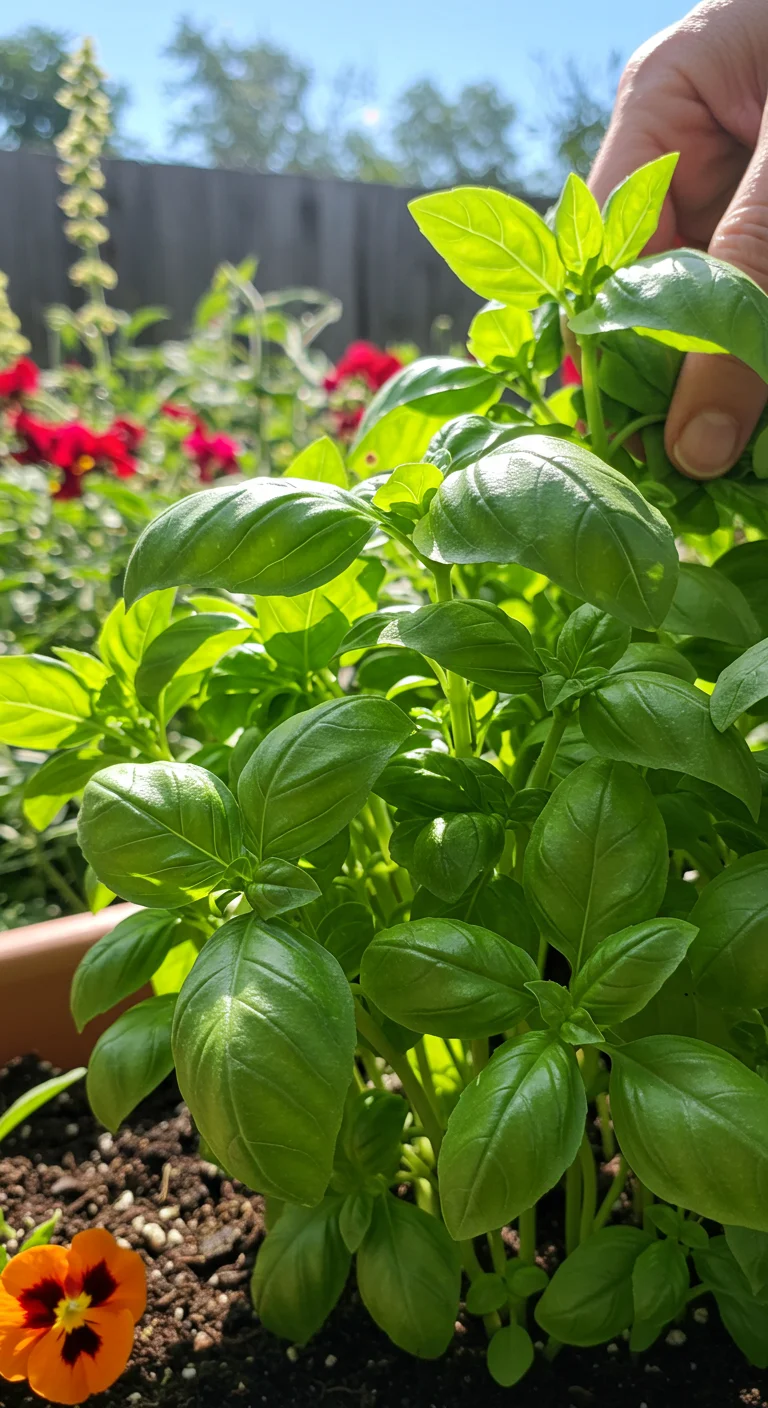
Lettuce Leaf Basil, a remarkable hybrid herb, brings versatility to your garden with its dual-purpose nature. This unique plant not only offers the refreshing taste of basil, perfect for enhancing salads and sauces, but its large, crisp leaves also serve as a nutritious leafy green. Growing Lettuce Leaf Basil is simple; it thrives in well-drained soil and requires plenty of sunlight. To maximize your harvest, practice ‘cut and come again’ by snipping off the outer leaves regularly, encouraging new growth from the center. Perfect for container gardening, it can be grown on balconies or in small spaces, ensuring you enjoy a continuous supply of fresh herbs and greens all season long. Use it in Italian dishes, or toss the leaves in a salad for a burst of flavor and nutrition.




